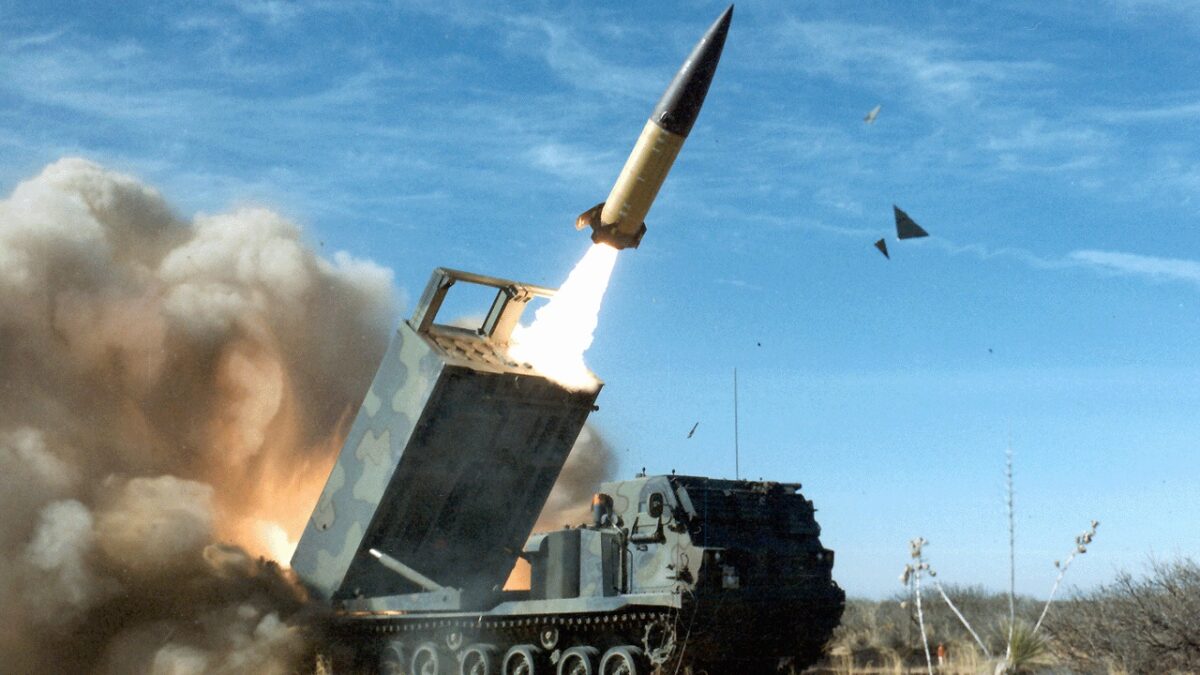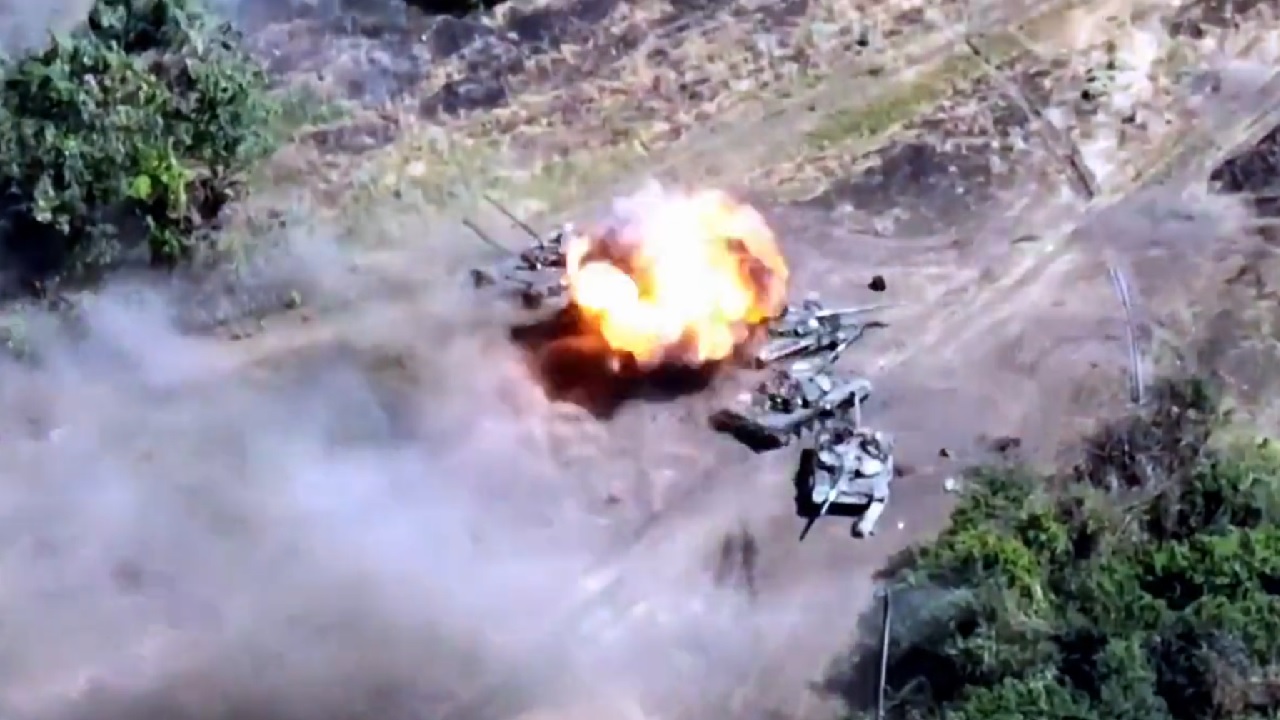Russia’s Foreign Ministry said that if the U.S. were to supply Ukraine with longer-range missiles, it would become a “party of conflict.” This week, Foreign Ministry Spokesperson Maria Zakharova added that the Kremlin “reserves the right to defend its territory.” Zakharova is referring to Ukraine, a sovereign nation which Russian forces invaded in February. The spokesperson continued, asserting that “Russia says longer-range US missiles for Kyiv would cross red line.” Since the onset of the invasion, the Kremlin has denounced Western military equipment and monetary aid to Ukraine. The American-made FGM-148 Javelin Advanced Anti-Tank Weapon System and High Mobility Artillery Rocket Systems (HIMARS) have become recognizable assets to the Ukrainian defense efforts.
America’s growing aid to Kyiv
In August, the White House announced the single largest U.S. aid package for Ukraine since February. The $3 billion deal funded contracts for ammunition, weapons, various drones and other military equipment. Announced on the six-month anniversary of the invasion, the deal includes money for “small, hand-launched Puma drones, the longer-endurance Scan Eagle surveillance drones, which are launched by catapult, and, for the first time, the British Vampire drone system, which can be launched off ships,” according to the Associated Press. More recently, the Biden administration asked Congress for an additional $13.7 billion for Ukraine. While this number seems staggering, Ukraine’s defensive efforts largely depend on foreign aid.
What about weapons?
Perhaps the most significant weapon the U.S. has supplied Ukraine is the Javelin anti-tank guided missile. The failure of Russia’s “top-of-the-line” battle tanks throughout the invasion has been widely reported on in news and media outlets. The American-made tank-killing machine has been so successful in taking out Moscow’s T-72 and T-90 tanks that many Ukrainian soldiers call the missile launcher “Saint Javelin, Protector of Ukraine.” The Javelin was designed and developed by Raytheon and Lockheed Martin to enable its operator to remain undetectable post-launch- a capability its predecessor did not possess. As the globe’s premier shoulder-fired anti-armor system, videos depicting the Javelin taking out Russia’s more formidable battle tanks are not too surprising. Although some limitations- including expensive maintenance, lack of training manuals and supply chain issues- could impact the rate at which Javelins can reach the hands of Ukrainian soldiers, the anti-tank launcher remains one of America’s greatest gifts to Kyiv.
Has the U.S. crossed Moscow’s “red line?”
In the latest U.S. aid package to Ukraine, additional HIMARS ammunition as well as high-speed anti-radiation missiles, four Howitzers and 100 armored high-mobility multipurpose wheeled vehicles were included. According to Newsweek, “With the U.S.-supplied HIMARS, Ukraine is able to launch GPS-guided missiles that can reach targets up to 50 miles away. The U.S. has yet to send Ukraine longer-range HIMARS missiles that travel to targets up to 186 miles away that would give the war-torn country the capability to strike deep inside Russia, AP reported.” The U.S. has publicly supplied Ukrainian forces with advanced GMLRS rockets that can reach targets up to 50 miles away when fired from HIMARS launchers. However, U.S. officials have insisted that Ukraine had vowed not to use American rockets to strike Russian targets itself. The mobile rocket launcher is very lightweight and can launch multiple rockets from its mounting on a standard M1140 truck frame. The launcher can either host one 610mm ATACMS missile or six 227mm GMLRS rockets. ATACMS tactical missiles have a longer-range of up to 300 km, which Moscow considers a “red line” weapon. As noted by Reuters, “There has been no full public explanation of an attack on Aug. 9 that hit a Russian air base at Saky, around 200 km from the nearest Ukrainian-controlled territory, on the Crimean peninsula, which Moscow captured in 2014 and considers Russian territory.”

ATACMS firing back in 2006. Image Credit: U.S. Army.
Many industry experts believed Moscow would be able to take Ukraine within a matter of weeks once the invasion broke out. However, the Kremlin has struggled to maintain its offensive efforts in the war and appear to be growing more frustrated with the international support Kyiv is receiving. Moscow’s latest threat to the U.S. suggests that without the inclusion of “red line” weapons, Russia won’t stand a chance.
Maya Carlin is a Middle East Defense Editor with 19FortyFive. She is also an analyst with the Center for Security Policy and a former Anna Sobol Levy Fellow at IDC Herzliya in Israel. She has bylines in many publications, including The National Interest, Jerusalem Post, and Times of Israel.

